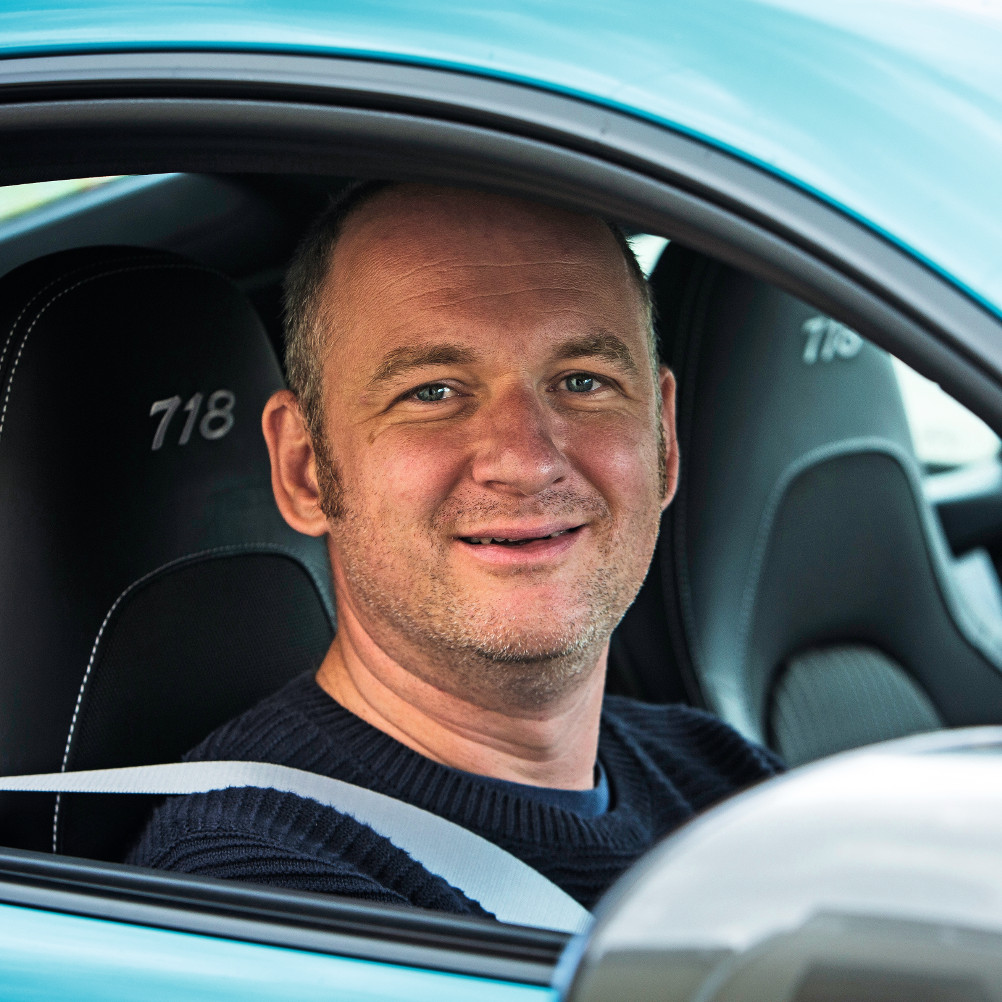Not that long ago, seven-seat cars came in all shapes and sizes. Buyers could choose from estates, rugged off-roaders and even converted commercial vehicles – but the most popular way to transport seven was with an MPV.
Spacious and versatile, these 'multi-purpose vehicles' were perfect for growing families. Not only could they accommodate more people, they were packed with extra storage too and often boasted handy features such as sliding side doors.
Yet tastes change and, with assistance of individuals such as Jeremy Clarkson lambasting MPVs for being 'uncool', seven-seaters have undergone a significant transformation.
Previously lauded and highly practical machines such as the Ford Galaxy, Volkswagen Sharan and Renault Espace (the car that started it all) are largely gone and today's best seven-seaters are now predominantly fashionable SUVs.
Yet there are some outliers in this sea of rugged-looking pseudo 4x4s (although some do have some serious rough road talent), such as utlitarian vans with windows and a budget-friendly alternative that's more an enlarged estate than a crossover.
Either way, our top 10 list features also features cars with varying characteristics: some offer a third row best suited for occasional while others comfortably accommodate a group of adults and all their luggage.
While seven-seaters have become less common on the UK market, there’s still a solid list of options you can add to your shortlist. So read on as we dive into the top 10 best seven-seaters on sale today.
Best for: Value
It's perhaps no surprise that the biggest breath of fresh air in the seven-seater market for a while has come from Dacia.
The Dacia Jogger is a fully equipped people mover that will cost you less than the price of a mainstream supermini - making it the cheapest car on this list.
Straddling the lines between estate, MPV and SUV, the Jogger contains enough space for seven adults, although the third row is best left to children on longer journeys.
With the rear seats lowered or removed completely, there's up to 2094 litres of carrying capacity available, plus several nearly packaged storage compartments tucked away around the cabin.
Another neat feature are the configurable longitudinal roof bars, sections of which can be turned through 90deg to create a roof rack.
Driving the Jogger is a mixed bag, but it's not bad. There's a supple, languid gait to its ride, while its turbocharged 1.0-litre petrol triple is a smooth and willing accomplice.
Light and accurate steering combines with a subtly raised seating position to make the Jogger easy to place on the road, and while it can roll like a drunk when cornering hard, the grip is strong and the handling always remains faithful.
It's far from a scalpel-sharp street fighter, but there's enough character in the way the Jogger goes about its business that it really should be considered if you're in the market for seven seats.
Read our Dacia Jogger review









Add your comment